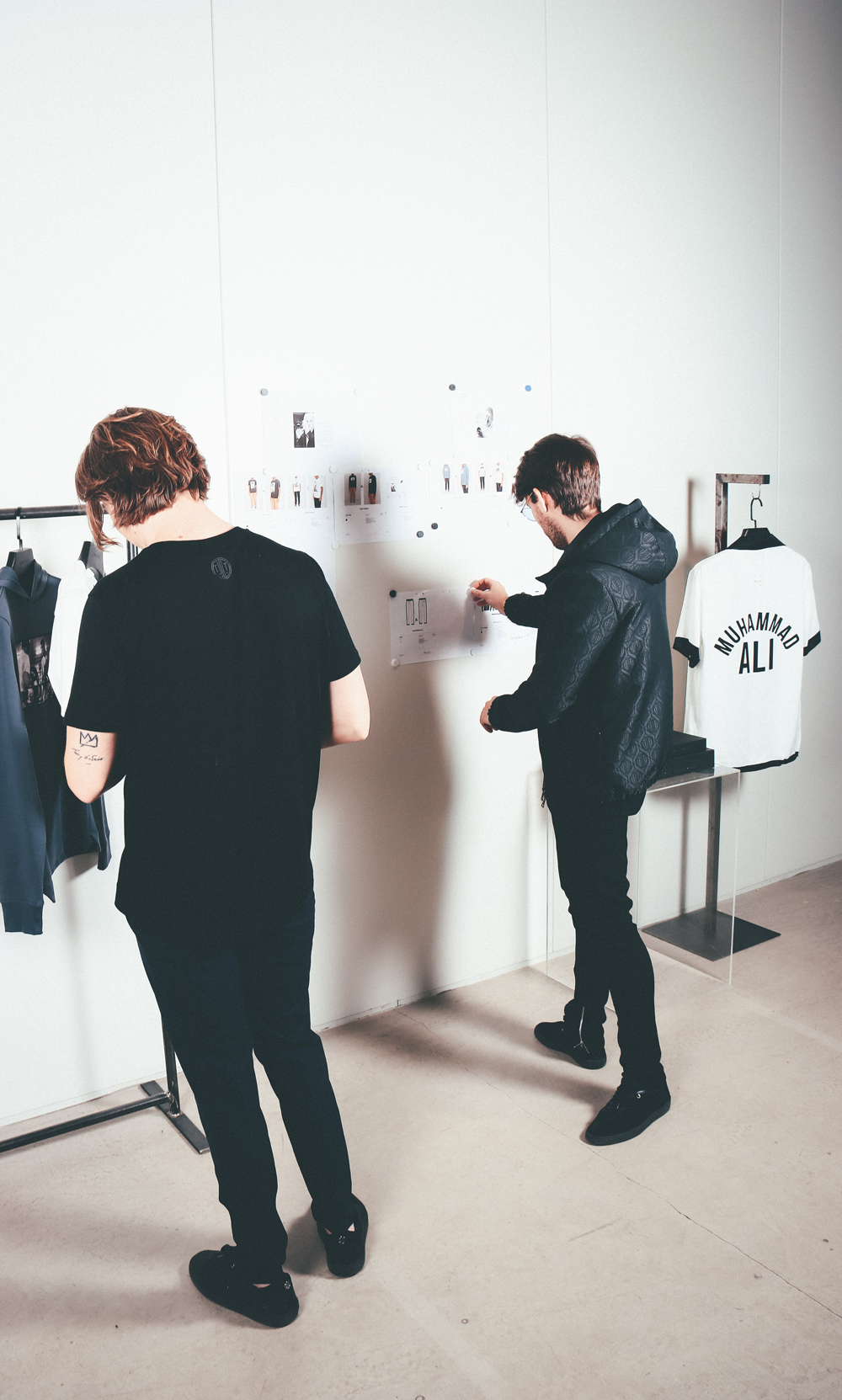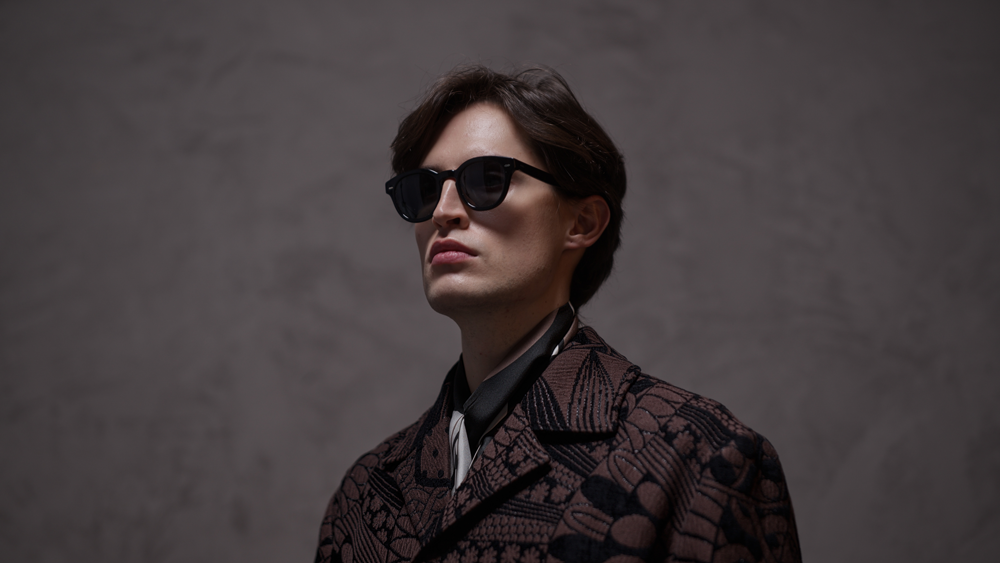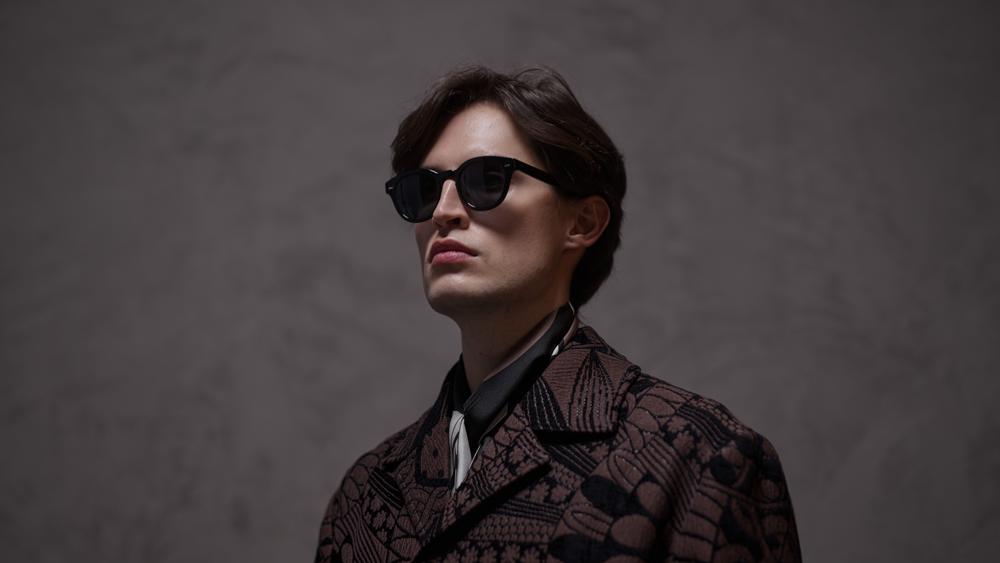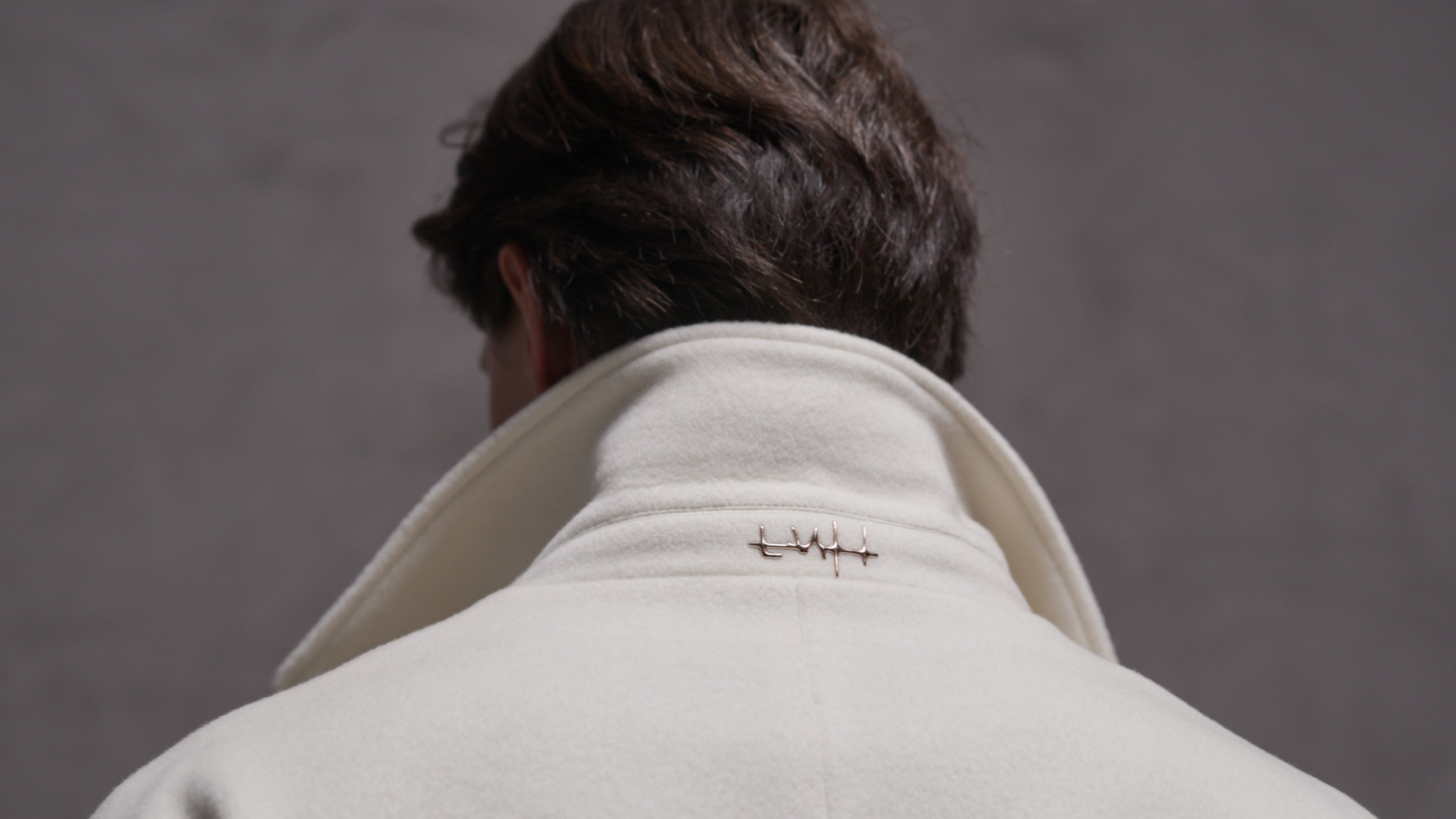Next up for our interview series with collaborating artists is the spirited Loribelle Spirovski, a woman who taught herself to paint after realising that the world of teaching may not be quite her thing. With a love of Radiohead and a passion for art that she could see ‘hanging on her own walls’, Spirovski explains to LIMITATO what really drives her to produce pieces that we are huge fans of….obviously.
Your cultural background is quite interesting?
Yeah, it's definitely always fun to watch people try to guess my ethnicity. I was born and spent the first 8 years of my life in the Philippines with my mum who is Filipina. When I was 9 we moved to Australia with my dad who is Serbian/Macedonian.
Where did you grow up and go to school?
My early childhood in the Philippines was largely spent in Manila where I attended a couple of different schools - I remember receiving my first art-related commendation when I was in the 4th grade. In Sydney, we first lived in a suburb called Croydon where I spent the last two years of primary school and the first year of high school, developing my love for art and reading.
We later moved to the western suburbs of Sydney where I attended high school and really solidified my passion for art. I was very lucky to have had art teachers who saw my talent and fostered it by allowing me to use as many art supplies as I wanted.
After graduating, I attended the College of Fine Arts where I studied to become an art teacher, but after I realised that I wasn't quite built for the demands of teaching, I started to slowly teach myself to paint, whilst supporting myself financially through private English tutoring.
What first attracted you to the ‘creative’ world?
I was always a creative kid, making craft with found objects. My earliest 'artworks' were cards and presents for family. I have this early memory of doing a class project when I was 7 or 8 - we had to create a booklet of poems and my mum asked my older cousins and uncle to help illustrate it. I don't think it ever occurred to my mum that I should do the work myself, as she'd figured I should prioritise getting a good grade. The finished product was this beautiful little booklet that my mum had stitched together, illustrated by an uncle and cousin and I remember thinking it was one of the most beautiful and delicate objects I'd ever seen. So, I suppose that was one of the pivotal moments that planted the idea of art in me. To this day I make and illustrate my own little books and often give them as presents.
Did you have a different path or idea of what you wanted to be or become career-wise?
From a pragmatic standpoint, I always thought I would become a teacher. I loved so many of the teachers I had met over the years and wanted to be able to touch the lives of others the way they did mine. After graduating from university, however, I realised that teaching in high schools triggered panic attacks for me and I had to completely change my direction in life. I started painting as a kind of hobby, or self-therapy. But after one person commissioned a portrait and then another, and then this art prize selected me as a finalist and then another, this career sort of evolved organically.
Your work has been described as fleeting from formal portraiture to modernist, surrealism and abstract? How would you describe your work?
Honestly, my aim is always to paint what I would want to hang on my own walls. It's a kind of aspirational style. Because I'm self-taught I have the opposite struggle that academically trained painters have, who often find it difficult to move away from their training and find their 'own' style. I believe that a piece of work is effective only when style meets purpose, so I approach each work from this guiding principle.
How did you come up with the unique look and feel of your work combining photography and painting?
A painter can only really work from their own reality. Over time, I realised that it was no good painting anything other than the thing/s I'm intrigued by, even if it happens to be the contents of my own living room or the person who I spend the most time with and the book that he's currently reading or the TV show that we're currently watching. So my paintings clearly depict the world of a very insular person. I won't pretend that I travel the world to meet different people and walk on different lands, but I will show my desire for alien places, my desire to capture them in the palm of my hand, even if only through the lens of a camera.
Are your paintings really driven by anxiety and mental conflicts? If so, was this almost a coping mechanism for you…an outlet?
Most certainly. I'm naturally anxious and insular, but I'm also the kind of person who always wants to connect with others. Like everyone else in my generation, I've learnt to exist in the cat's cradle of society, pushed and pulled by forces beyond my own control, where constant anxiety lives in us like a low current that occasionally spikes and requires constant management. I'm not exaggerating when I say that art saved my life. Art took me beyond myself, giving me the same sense of meaning and aspiration that I remembered seeing in the eyes of women in church when I was a child in the Philippines. Creating things keeps me sane and being able to share my creations with others, let alone touching the lives of others who resonate with my work, is something I am more grateful for than I can possibly express.
You have a genuine love of Radiohead, what is the appeal?
Radiohead is one of those groups that have fans who more often than not identify with a particular phase in their music, whether its the early Britpop days or their later experimental electronic work and current multi-disciplinary projects. What I identify with most is the very fact of their constant experimentation - their drive to play and extrapolate. I discovered them during late high school and they've been my firm companions ever since.
Do elements of music, the environment we live in and an interest in people influence your work a lot?
Yes, yes and yes. Directly and unconsciously. I try not to overthink it.
Do you plan ahead with your work or is it an ‘in the moment’ thing?
'Planning' for me is something that occurs about 3 times a year. This involves getting my notebook out and going through my collections of images and recategorising them, deleting the ideas that I'm done with and re-prioritising the ideas that I haven't explored quite as effectively yet. This kind of systematic de-brief helps me to take stock of what I've achieved during my most recent period of creation, which is often a complete blur.
Can you tell us how you were introduced to LIMITATO?
The lovely Gustav Peterson reached out to me a couple of years ago and introduced me to LIMITATO. I tend to be sceptical and selective of who I choose to work with, and only pursue relationships with a 'partner' that brings out the best in me. That's really the bottom line.
What is your view on the Wearable Art phenomenon that is being created?
The genuine love and care that I've seen coming from LIMITATO in their production and packaging of these garments honestly completely won me over. It's the same passion that has driven me my entire life and I have real respect for that.
Any favourite pieces?
I personally love the 'Crowd Series'.
Discover the Loribelle Spirovski collection here





